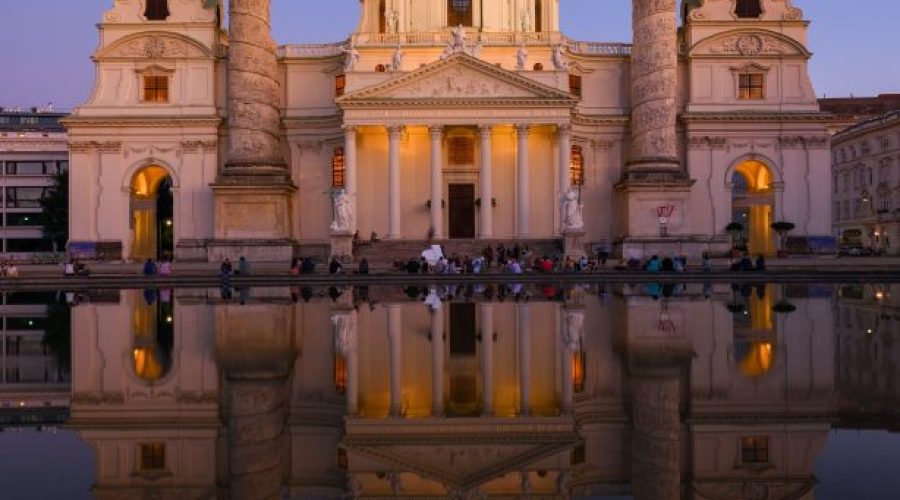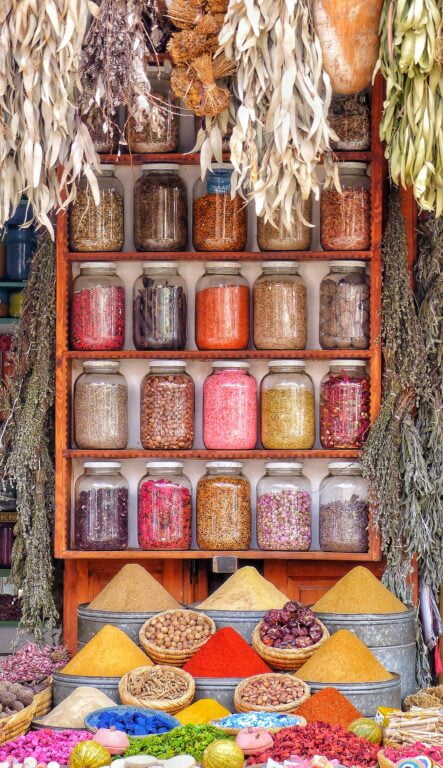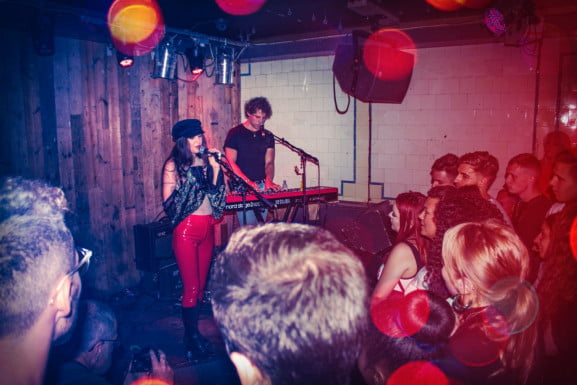Vienna’s Karlskirche Tour Guide
Vienna serves as a place which contains palaces and museums along with balls yet houses multiple establishments designated for church services. The urban area of Vienna contains numerous baroque temples which rank among the world’s most striking spiritual edifices. Every traveler to Vienna should plan for church visitations regardless of their religious background. The Viennese churches provide both religious sanctuary combined with architectural excellence as well as fantastic works of artistic achievement. During limited time in Vienna prioritize seeing at least one church among the many baroque temples since you cannot visit all of them. The next question probably concerns which church to visit. Among those churches which one displays the most authentic cultural and artistic vision of its era? Visitors to Vienna need to visit a particular church or cathedral that stands out as the must-see site.
The church ranks among the best architectural marvels in both Vienna and all of Europe so visiting this place should be a top priority for those facing this one issue. The magnificent building known as Karl’s Church goes by the name Karlskirche.
Baroque architects declare Charles Church (Karlskirche) stands as the foremost elegant baroque church that exists beyond the Alps. The construction of this magnificent building began in 1716 under the design direction of Johann Bernhard Fischer von Erlach but was completed by his son Joseph Emanuel in year 1723. Johann Bernhard Fischer von Erlach held a position as one of the highly favored architects to the court. His visionary outlook resulted in the current appearance of Vienna.
The church was built after the last plague ended with its name deriving from St. Charles Borromäus. King Charles VI established this church according to his naming saint while simultaneously choosing the site at his order.
Visitors can access the church through Original Vienna Tours programs because it stands at a distance of 200 meters from Ringstrase on the Innere Stadt site.
The design by Fischer includes various architectural features common during Baroque times. Architects from the Baroque periods frequently extracted their ideas from Greek and Roman antiquity just like at the Karlskirche. When examining the dome speak for itself about its connection to East architecture including Agia Sofia in Istanbul as well as Roman churches from that time period. From the hallway entrance onwards the central façade duplicates Greek temple Poriticus architecture but Mattielli’s columns beside it reflect Trojan pole designs from Roman architecture. Next to the bell towers more pavilions extend toward the sides following Roman Baroque design principles. A prominent dome hovers above the entrance point where it generates exceptional building impact which can be seen from extended distances.
Carl Gustav Haereus assembled the iconographic program to show Saint Charles Borromäus in his association with the imperial donor. The magnificent relief figure of the donor cardinals at the top of the building gable illustrates the occasion of their financial contribution. The spiral columns show both reliefs from Charles Borromäus’ life as well as depiction of the Pillars of Hercules to represent imperial power. The entrance features statues representing angels that come from New Testament and Old Testament scriptures.
Toward the interior Johann Michael Rottmayr created frescoes about Charla Borromäus praying for a response from the Madonna while powerful cardinals appear in the paintings. The side chapel frescoes were painted by Daniel branch, Sebastiano Ricci, Martin Altomonteu and Jacob van Schuppen.
The church showcases artwork created by renowned artists from Viennese as well as European artists who elevated its beauty through their craftsmanship.
Karlskirche ranks as one of the most luminously illuminated Christian Houses of Worship. Visitors should experience Karlskirche under daylight conditions because its architectural design enables abundant sunlight addition to make the building look beautiful. Therefore we suggest daytime visits to this church. This Baroque church displays marble colors instead of typical gold embellishments which are present in most Baroque religious buildings. The total impression results from these features along with the artistic beauty which enables viewers to experience admiration without aggression.



